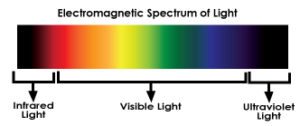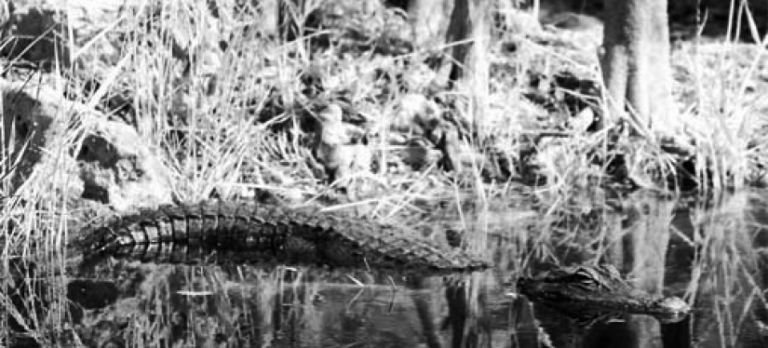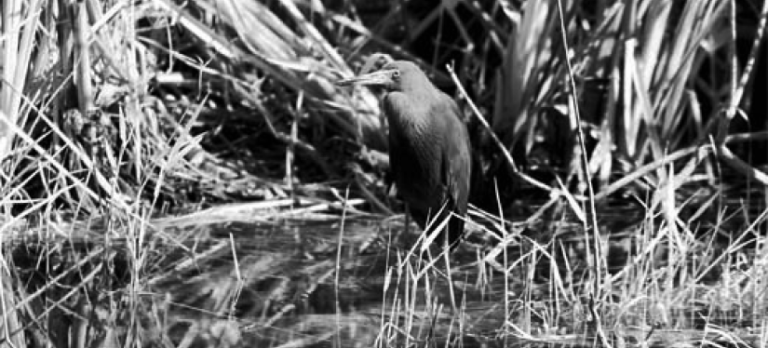
Infrared photography is quite literally the capturing of invisible light. It requires special equipment and skills that are altogether different than that of traditional photography.

Infrared photography captures light that is otherwise invisible to the human eye. The Infrared spectrum lies between the visible light and heat radiation. The human eye can see wavelengths from about 400nm-700nm (from purple to red); infrared is the light beyond 700nm. IR photography can be done with either infrared film, or a digital camera, and typically involves near infrared light in the 700nm to 1200nm range. This is different than thermal infrared, which images far into the infrared spectrum.

That is the technical explanation. From an artistic point-of-view, Infrared photography captures what we perceive, but do not see. Infrared photography captures the ethereal qualities of this tropical light. Infrared allows us to see what we otherwise experience, mostly unaware of the beauty of the intense light and its resulting shapes and shadows. It immortalizes the light shimmering off the Florida waters, and flora basking in the sun. Infrared photography produces some very distinct effects which make them aesthetically pleasing. The most striking difference is the “Wood Effect”, an effect where leaves reflect light giving them a bright white look. This effect is named after the photographer Robert W. Wood, who is considered the father of infrared photography. This effect is utilized for landscape photography where it can be used to produce surreal color landscapes or high contrast B+W photographs. The chlorophyll of the foliage can be seen glowing as it takes in the energy of the sun. Waterways become large mirrors as light bounces off them reflecting images of the tropical world above. Shadows are revealed as deep, humid, and dark. They seem cool and hospitable against the intense sun.
ANALOG:
Analog IR photography requires films that have stray light sensitivity. Someone who wants to practice analog IR photography needs to use MACO IR820C or Kodak HIE Infrared films, as these two films only offer sensitivity to stray lights.
DIGITAL:
Digital IR photography is more popular than analog IR photography. Cameras meant for digital IR photography come with sensors that are highly-sensitive to the infrared spectrum, and block out all other portions of the light spectrum. All of the images on this website were captured with a specially converted DSLR Canon camera.
INFRARED FLORIDA:
The Florida sun shines so brightly, the glare changes the quality of the natural shades and colors. It bristles off the surface of the water, the sand, and its exquisite steel and glass architecture and automobiles. We squint our eyes to coexist with Florida’s mid-day sun, taking in the irradiant glare; experiencing it fully, but not perceiving it as color or shade.





